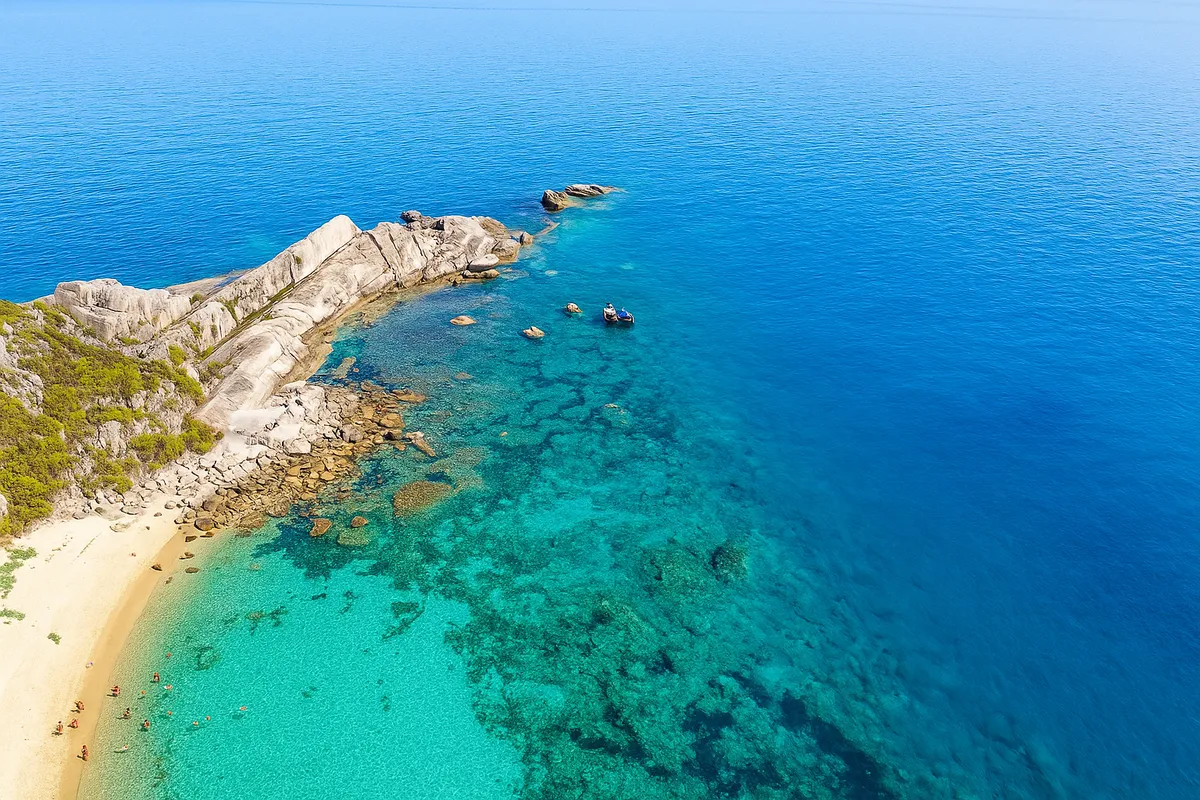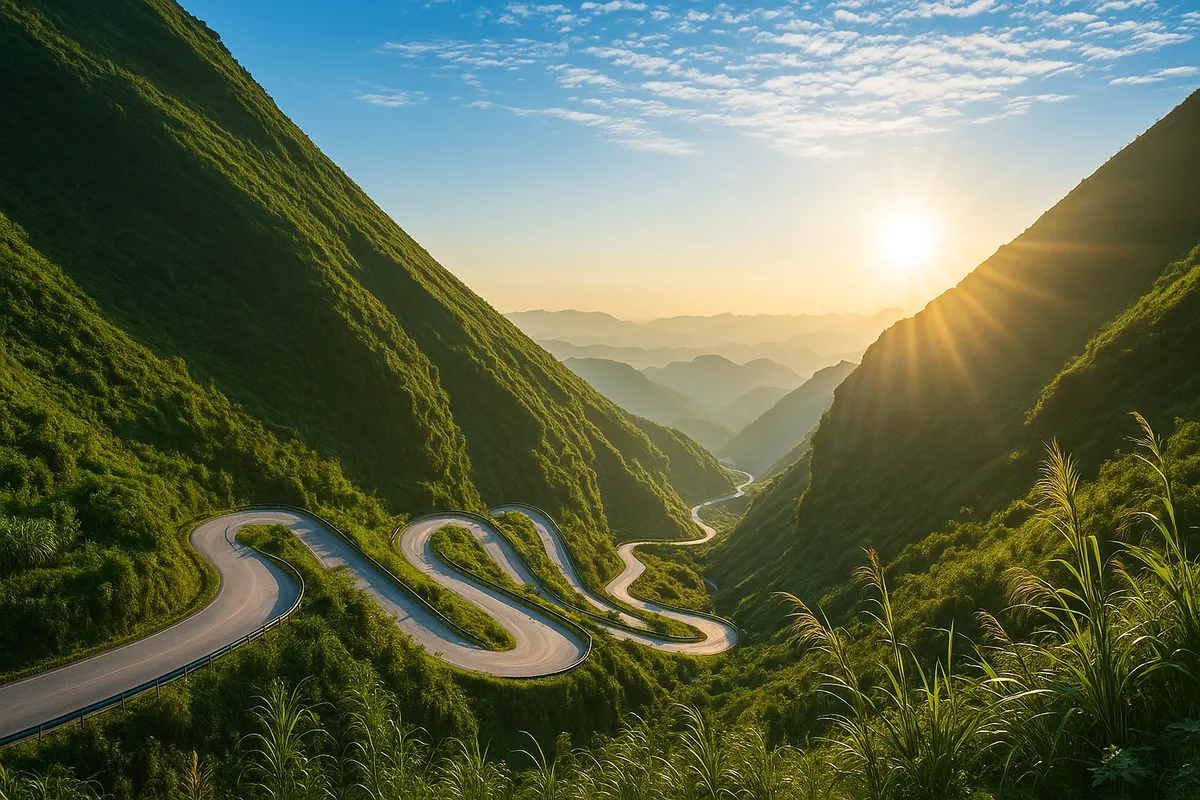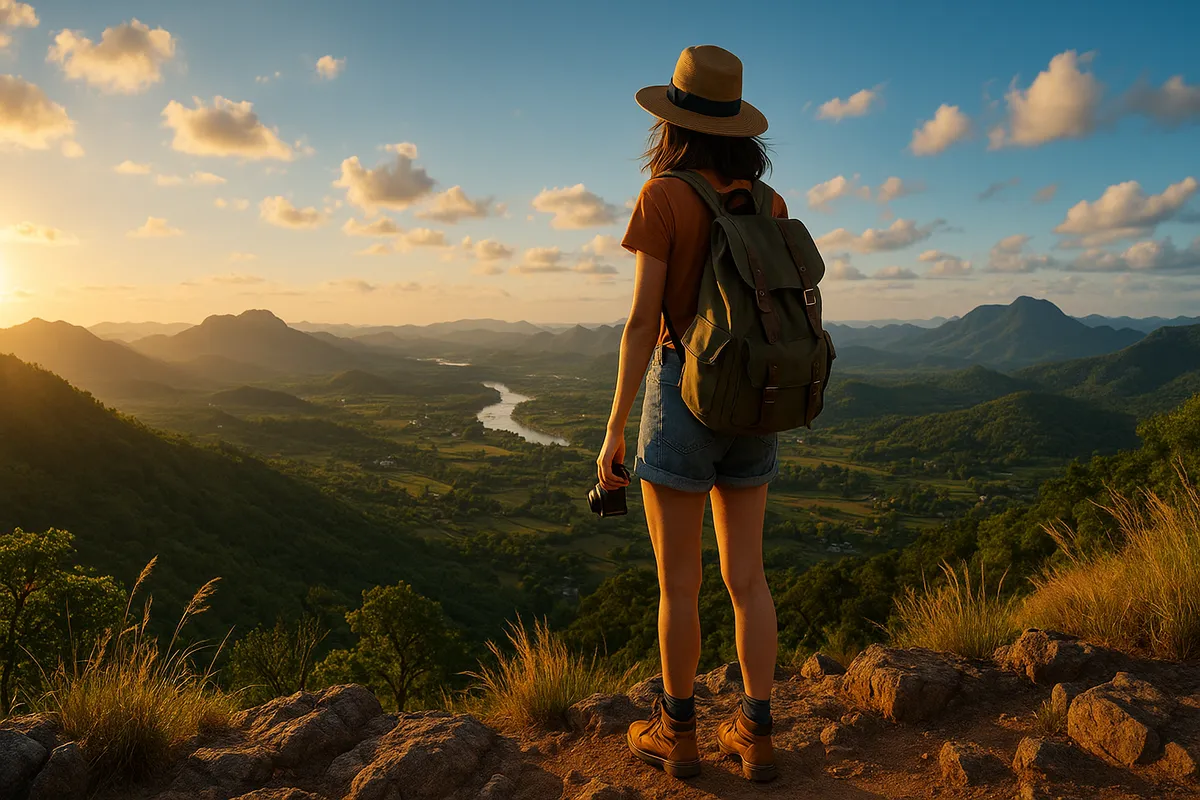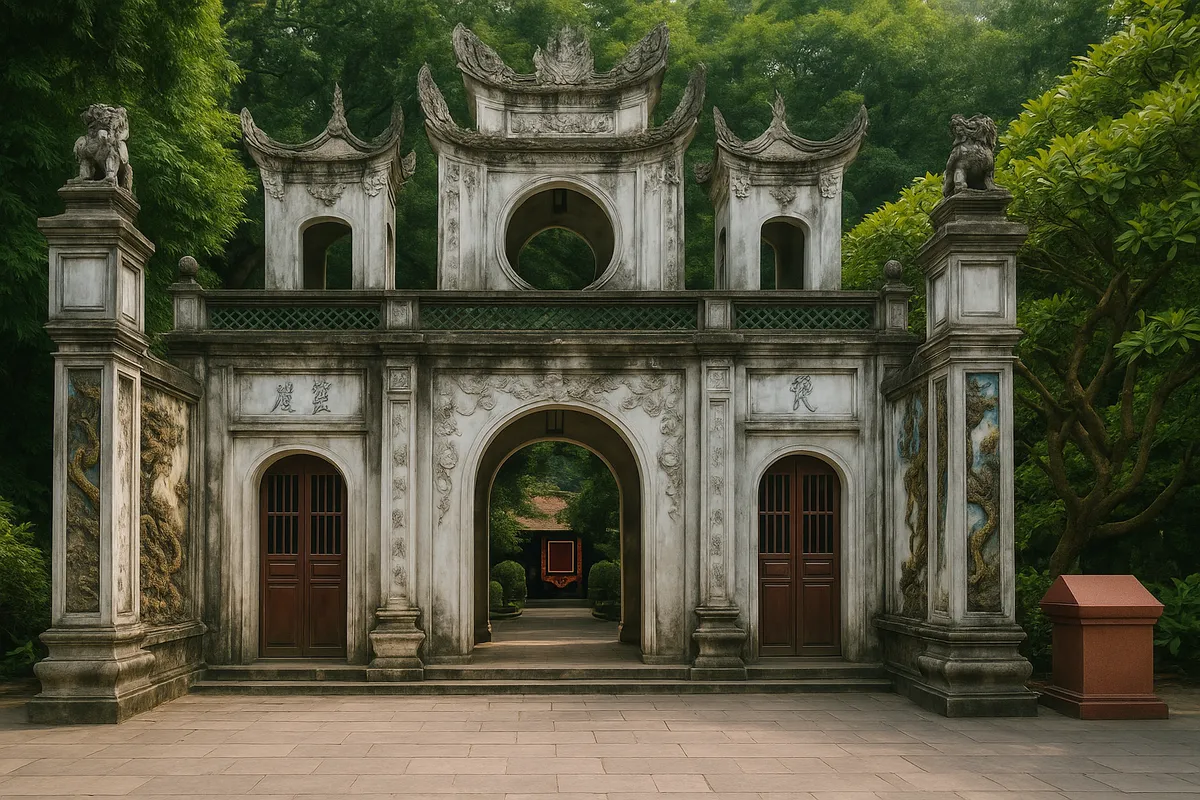Beautiful pristine islands in Vietnam to check-in
- Sunday, Jun 08, 2025, 10:00 (GMT+7)
Beautiful pristine islands in Vietnam to check-in
There is a quiet wave running through the youth travel community in recent years. It’s not about luxury resorts or flashy vacation packages anymore. The real desire lies in returning to untouched islands where tourism hasn’t yet taken over. These places may lack steady electricity, mobile networks, or air-conditioned cafés, but they hold the raw soul of nature and a lifestyle so unpolished that it feels utterly authentic.
When looking at a travel map of Vietnam, most people immediately think of Phu Quoc, Cat Ba, or Con Dao. But there’s another list quietly calling out to those who seek something different. These places don’t appear on travel packages or booking platforms. They only reveal themselves to those willing to search, prepare thoroughly, and slow down for a few days to let the sea and sunsets wash away the noise of city life.
Near Xuan Dai Bay in Phu Yen, Hon Nua stands almost completely detached from modern civilization. Its curving coastline, crystal-clear waters, and dramatic cliffs facing the open sea make it ideal for camping, snorkeling, and group exploration. With no formal tourism services, everything here requires self-initiative—from hiring local fishermen for transport to preparing your own meals and water supply. But in return, you get nights under starlit skies, sea breeze drifting through your tent, and sunlight pouring over the cliffs at dawn.
In southern Khanh Hoa, the island cluster of Binh Ba, Binh Hung, and Binh Lap is often compared to a Vietnamese version of the Maldives. Yet if you venture beyond the crowded beaches, you’ll find secluded coves like Bai Chuong or Bai Nha Cu. Locals will tell you the best tide times when sand paths between rock mounds appear—a perfect moment for one-of-a-kind Instagram shots. Some fishermen even offer to take travelers on basket boats to shallow coral reefs for snorkeling, often at a fraction of the cost compared to full scuba tours.
On the central coast, Ly Son Island has become fairly popular, but just a ten-minute ride leads to a different world—An Binh (Little Island). Tiny as it is, it offers nearly empty beaches, vivid volcanic rock formations, and translucent waters. When the moon is full, it’s magical to walk along the beach at night with only moonlight and the rhythmic sound of waves. A key tip: bring power banks, as electricity supply here is limited and may cut off unexpectedly.
In the Mekong Delta, Hai Tac Island (literally “Pirate Island”) in Kien Giang is still considered a hidden gem. Though it lacks dramatic scenery or deep-blue water like Phu Quoc, it possesses an earthy, adventurous charm. Legend says pirates once took shelter here, adding a layer of mystique. Locals even speak of a rocky spot where water gets unusually warm during high tide, possibly due to an underground spring. This unexplainable phenomenon has fascinated many young explorers.
Off the coast of Quang Ninh, Co To Con remains blissfully wild, featuring a forest trail leading to a near-empty beach. At low tide in the early morning, moss-covered rocks emerge from the sea in vibrant green—a cinematic dream for photographers. The best time to visit is between April and June, when the weather is dry and tourist crowds are minimal. Camping overnight at Hong Van Beach requires a flashlight, insect repellent, and a willingness to trade comfort for unforgettable sunrise views.
For those craving a true Robinson Crusoe experience, Nam Du Island in Kien Giang offers the ultimate escape. Its many islets form a natural barrier that shelters fishing boats from storms. Bai Cay Men, with soft white sand and leaning coconut palms, is a prime spot for tent camping. Some travelers choose to sleep aboard small rented boats and wake up to the rising sun on open water. A smart tip is to bring a mini water purifier to avoid carrying heavy water jugs.
In Thanh Hoa Province, Hon Me Island remains a well-kept secret, home to a small fishing village. Here, visitors can stay with local families and join them in catching crabs or collecting snails along the shore. Not only does this save costs, but it also offers a window into the lives of coastal communities. However, it’s vital to monitor weather forecasts and wind conditions, as transportation relies entirely on sea routes.
Located between Nam Du and Rach Gia, Hon Son Island is a sleepy paradise where nature dominates the landscape. Its untouched beaches and quiet atmosphere make it a favorite for those seeking peace. Adventurous souls often hike to Ma Thien Lanh Peak, the highest point on the island, to catch the first rays of sunlight breaking through the clouds. Though the trail can be slippery after rain, the panoramic views of sea and sky are worth every step. Gloves with grip are highly recommended for safer climbs.
In the southernmost province of Ca Mau, Hon Khoai Island is a rare place that still preserves its coastal rainforest ecosystem. It is also home to one of Vietnam’s oldest French-built lighthouses still in operation. From the top, you can gaze directly west into the open ocean, watching the sun set into the horizon unobstructed by any mountains or buildings. Visitors must register with the border guards in advance and strictly avoid littering or bringing flammable materials ashore.
When thinking of island getaways, it’s worth stepping outside the usual checklist and trying somewhere few have heard of. Not to boast stunning photos or claim exclusivity, but to truly absorb the raw, original beauty gifted by nature. These pristine islands are not just check-in spots but mirrors reflecting how people treat the environment and the cultures rooted in these places.
Once you set foot on them, it’s important to listen more, snap fewer photos, and treat each experience with genuine respect. Only then does the journey become something worth remembering and retelling.

 CHECKIN.VN
CHECKIN.VN








Share on